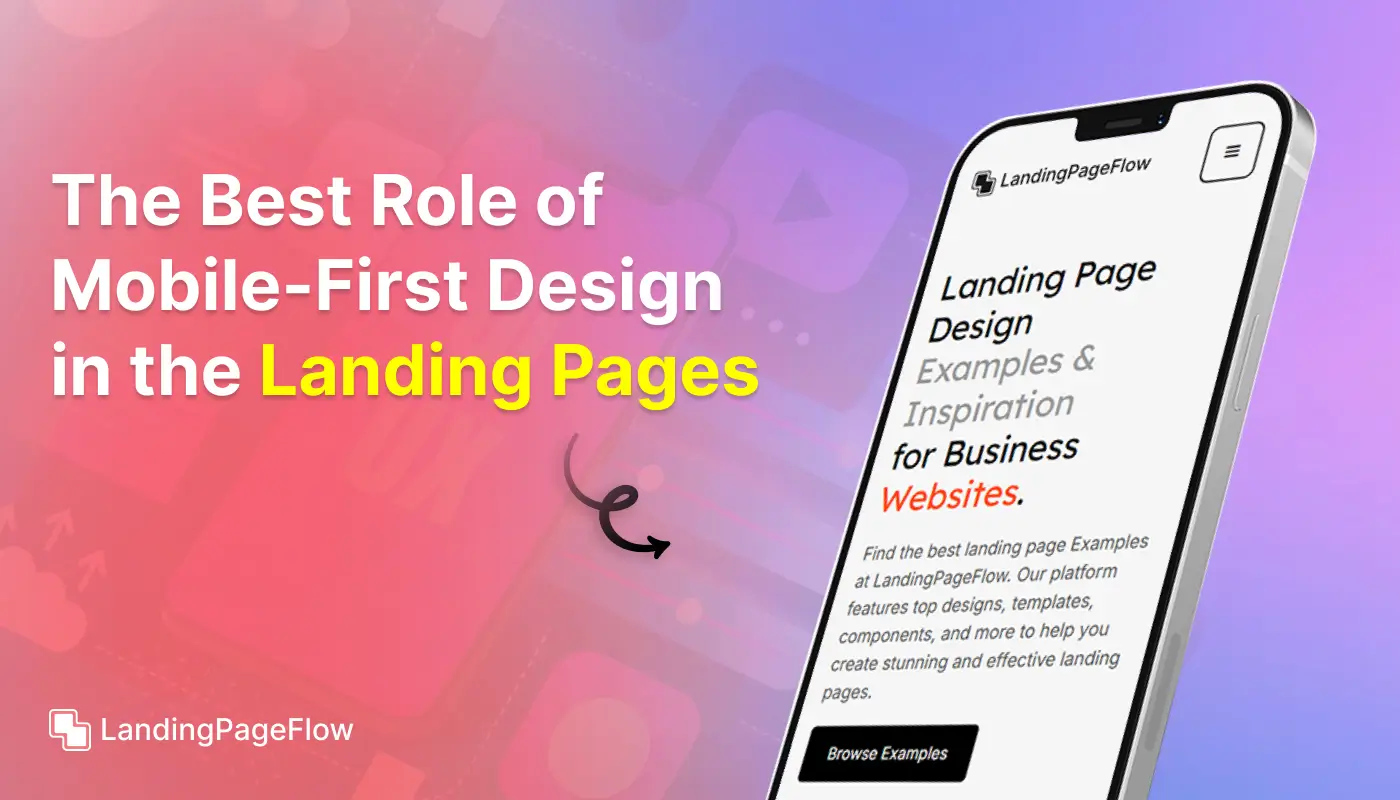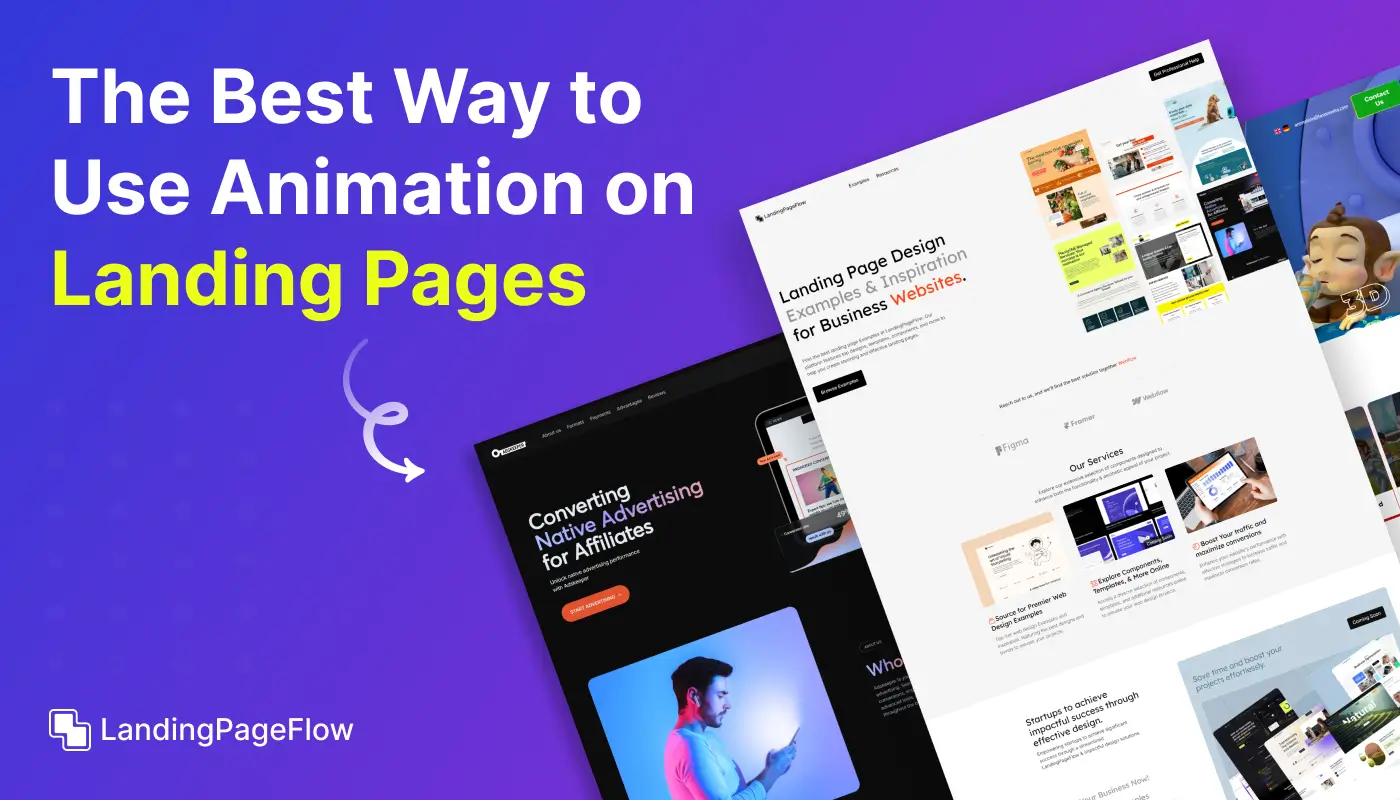The Ultimate HubSpot Landing Page Optimization Guide

November 17, 2025
A high-converting landing page on HubSpot can make or break your marketing efforts. It serves as the first real connection between your brand and a potential customer.
The right optimization approach improves engagement, guides visitors toward action, and builds trust instantly. Many businesses overlook key elements that could dramatically increase their conversion rates.
From crafting compelling headlines to designing persuasive CTAs, every detail counts. A well-structured page also supports your SEO efforts and strengthens brand credibility.
Optimizing your HubSpot landing pages requires balancing creativity, user behavior insights, and performance tracking. Once these elements align, you create a seamless journey that turns visitors into loyal customers.
"Struggling to turn visitors into paying customers?
Book your free review & discover ways to increase conversions."
Table of Contents
- Understanding HubSpot Landing Pages
- Crafting a Compelling Headline
- Importance of a Strong Headline
- Tips for Writing Effective Headlines
- Designing with User Experience (UX) in Mind
- Importance of UX in Landing Pages
- Best Practices for UX Design
- Creating Engaging and Relevant Content
- Benefits of Well-Written Content
- Structuring Your Content Effectively
- Leveraging HubSpot's Built-In Features
- Using HubSpot’s Form Builder
- A/B Testing with HubSpot
- Implementing Effective Call-to-Actions (CTAs)
- Importance of CTAs in Conversion
- Best Practices for Designing CTAs
- Optimizing For Mobile and Desktop Views
- Significance of Responsive Design
- Tips for Mobile Optimization
- Monitoring and Analyzing Performance
- Utilizing HubSpot Analytics
- Making Data-Driven Improvements
1. Understanding HubSpot Landing Pages

Importance:
HubSpot landing pages are designed to capture leads by offering valuable content or incentives in exchange for visitor information. Proper optimization ensures that these pages effectively convert visitors and support your marketing goals.
Tips:
- Define Your Objectives: Clearly outline the goals of your landing page, such as generating leads, promoting a webinar, or offering a free trial.
- Align with Campaigns: Ensure that your landing page content and design align with your marketing campaigns and messaging.
2. Crafting a Compelling Headline

Importance of a Strong Headline
The headline is the first thing visitors see and plays a crucial role in grabbing their attention and conveying the value of your offer.
Tips for Writing Effective Headlines:
- Be Specific and Clear: Clearly communicate what the visitor will gain from the page. Avoid vague or misleading language.
- Incorporate Keywords: Use relevant keywords to improve the headline’s relevance and match user search intent.
- Use Action-Oriented Language: Encourage action with dynamic phrases that prompt visitors to engage.
3. Designing with User Experience (UX) in Mind
%2520in%2520Mind.webp)
Importance of UX in Landing Pages
A user-friendly design enhances the overall experience, making it easier for visitors to navigate and engage with your landing page.
Best Practices for UX Design:
- Simplify Navigation: Limit navigation options to keep visitors focused on the landing page’s primary goal.
- Create a Clean Layout: Use white space effectively and organize content in a visually appealing manner.
- Ensure Quick Load Times: Optimize images and scripts to reduce load times and prevent visitor drop-off.
4. Creating Engaging and Relevant Content

Benefits of Well-Written Content
Content that is clear, engaging, and relevant can significantly impact visitor engagement and conversion rates.
Structuring Your Content Effectively:
- Lead with Value: Start with the most important information and benefits, addressing the visitor’s needs and pain points.
- Use Subheadings: Break content into digestible sections with clear subheadings to enhance readability.
- Incorporate Testimonials: Use social proof such as customer testimonials or case studies to build trust and credibility.
5. Leveraging HubSpot's Built-In Features

Using HubSpot’s Form Builder
HubSpot’s form builder allows you to create custom forms to capture visitor information efficiently.
A/B Testing with HubSpot
A/B testing allows you to compare different versions of your landing page to determine which performs best in terms of conversions.
Tips for Effective Use:
- Create Custom Forms: Design forms that are simple and easy to complete, reducing friction for visitors.
- Run A/B Tests: Experiment with different headlines, CTAs, and images to identify the most effective elements.
6. Implementing Effective Call-to-Actions (CTAs)
.webp)
Importance of CTAs in Conversion
CTAs guide visitors toward the desired action, making them a crucial component of your landing page.
Best Practices for Designing CTAs:
- Use Action-Oriented Text: Phrases like “Download Now,” “Get Started,” or “Request a Demo” encourage visitors to take action.
- Ensure Visibility: Design CTAs that stand out with contrasting colors and strategic placement.
- Keep It Simple: Make the CTA clear and straightforward to avoid confusion.
7. Optimizing For Mobile and Desktop Views

Significance of Responsive Design
Responsive design ensures that your landing page provides a seamless experience across various devices, including desktops, tablets, and smartphones.
Tips for Mobile Optimization:
- Design for Mobile First: Start with a mobile-friendly design and scale up for larger screens.
- Optimize Touch Elements: Ensure buttons and links are easily tappable on mobile devices.
- Test Across Devices: Regularly test your landing page on different devices to ensure compatibility and usability.
8. Monitoring and Analyzing Performance

Utilizing HubSpot Analytics
HubSpot provides robust analytics tools to track the performance of your landing page and gather valuable insights.
Making Data-Driven Improvements:
- Track Key Metrics: Monitor metrics such as conversion rates, bounce rates, and engagement levels.
- Analyze User Behavior: Use data to understand how visitors interact with your landing page and identify areas for improvement.
- Implement Changes: Make data-driven adjustments to enhance your landing page’s performance based on analytics insights.
Conclusion
A fully optimized HubSpot landing page is more than just a polished design. It’s an engine that attracts qualified leads, nurtures interest, and drives measurable action.
Your audience needs clarity, trust, and motivation to take the next step. Consistent improvement based on real data ensures your page remains competitive and relevant.
By refining content, visuals, and calls to action, you can continually boost results. Staying ahead means adapting quickly to user expectations and digital trends.
When your landing page meets both user intent and marketing goals, growth becomes inevitable. Now is the time to invest in optimization that brings lasting returns for your business.

FAQ
1. Why should I optimize my HubSpot landing pages?
Optimization increases conversions, improves user experience, and boosts ROI.
2. How often should I update my landing page?
Review performance data monthly and make updates quarterly or as needed.
3. Can I track conversion rates in HubSpot?
Yes, HubSpot’s analytics tools allow you to monitor conversions in real time.
4. What’s the most important element to test first?
Start with the headline, as it’s the first thing visitors notice.
5. Do landing page templates affect performance?
Yes, design quality impacts engagement, trust, and conversion likelihood.
6. Should I use video on my HubSpot landing page?
If relevant, video can increase engagement and time spent on page.



















